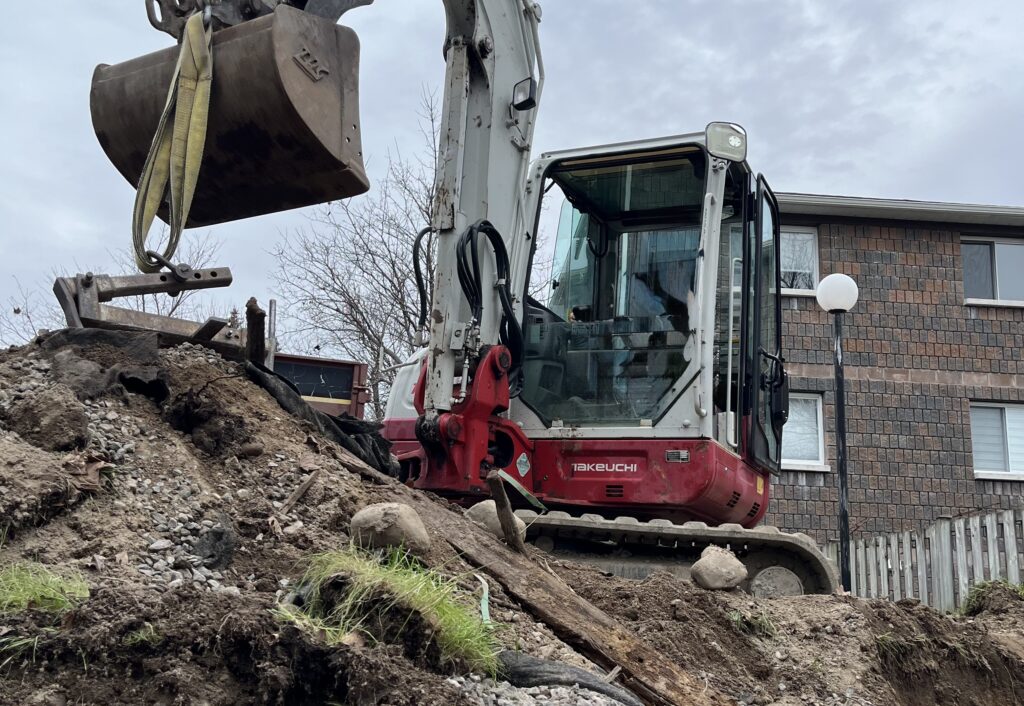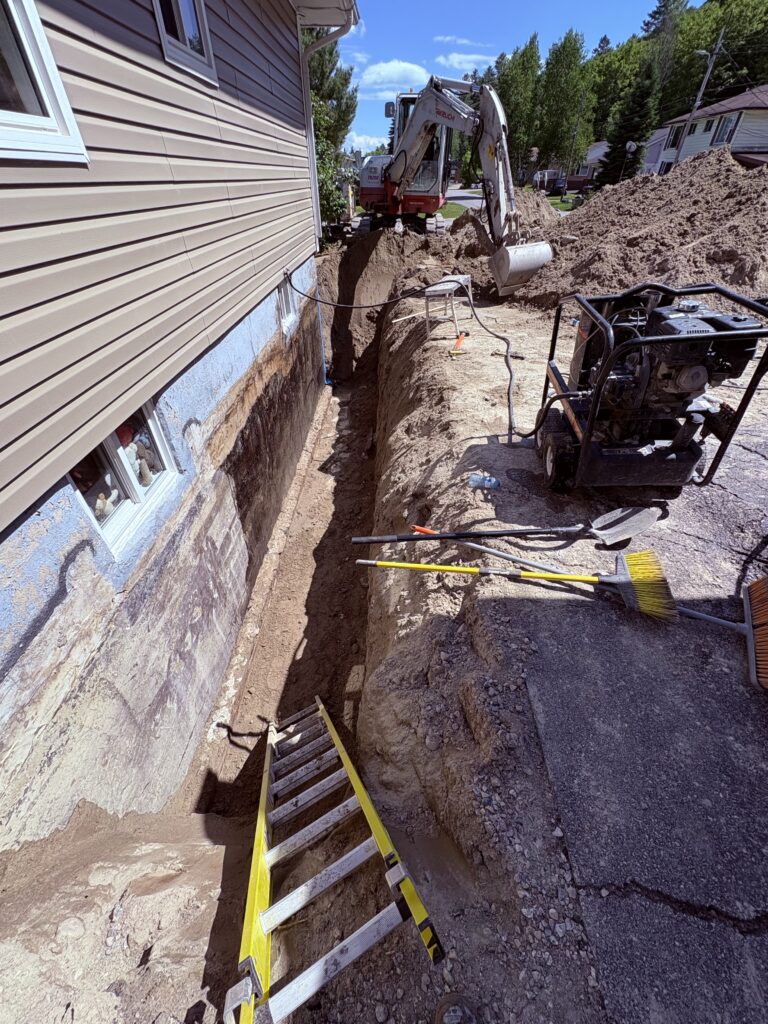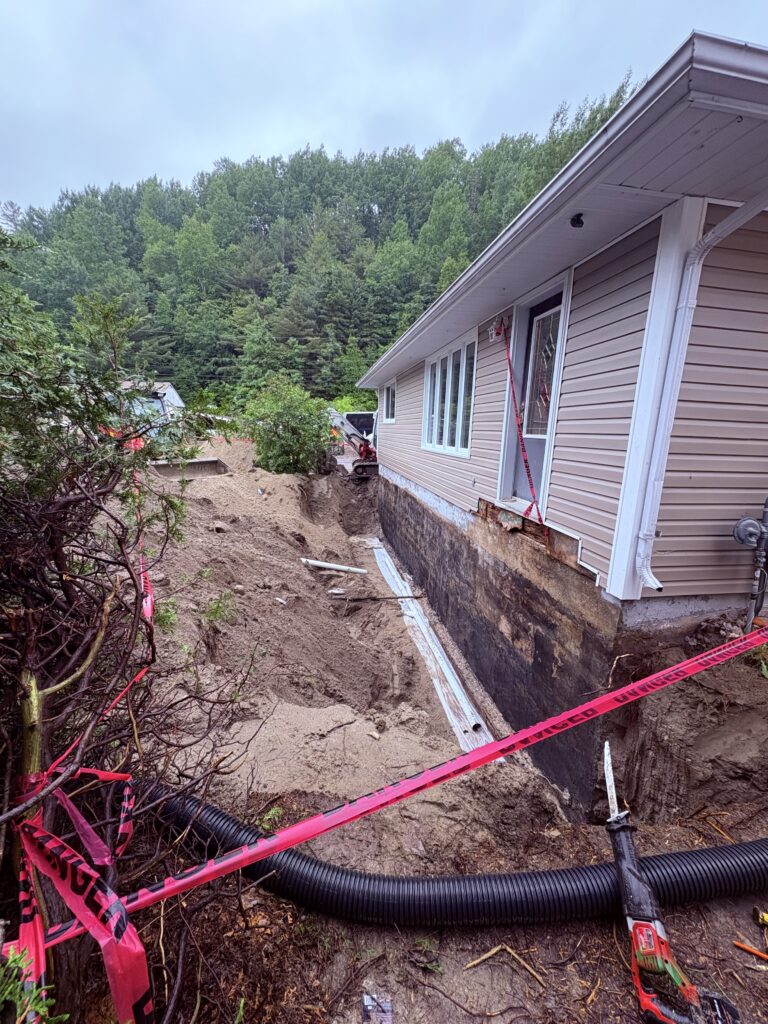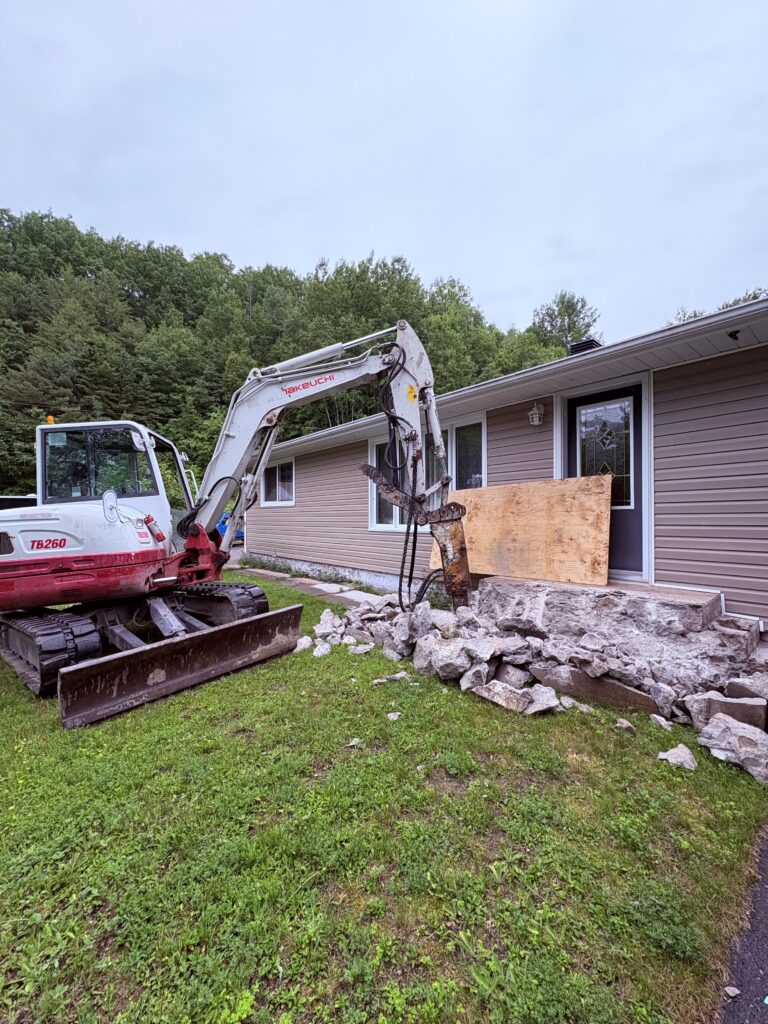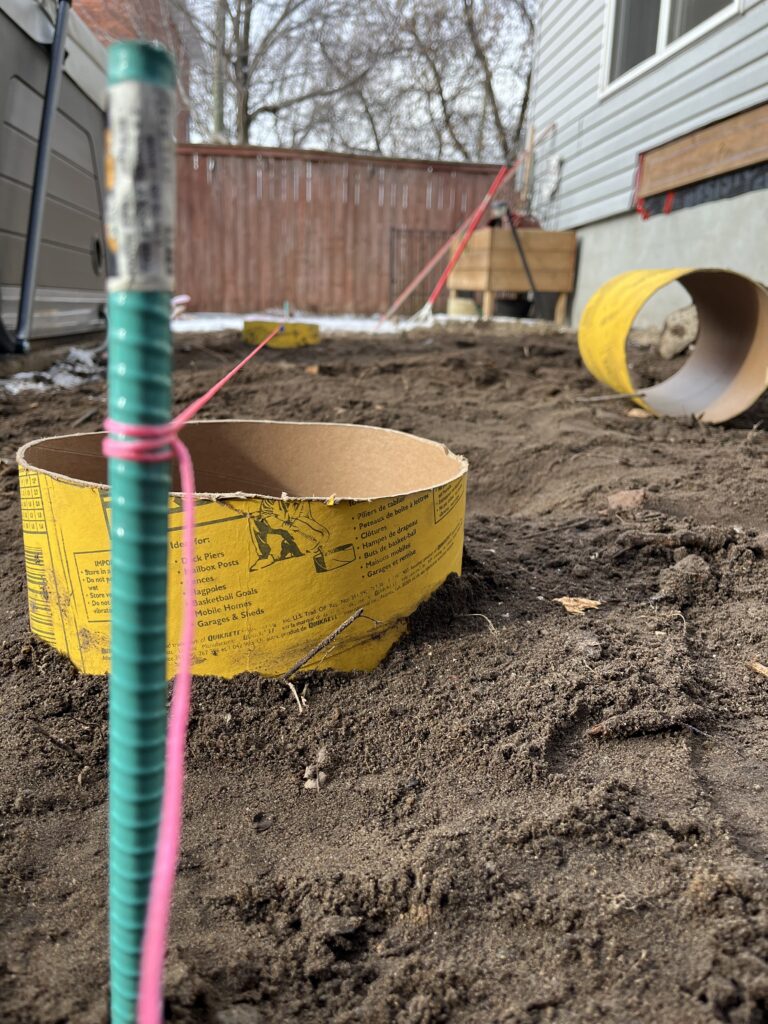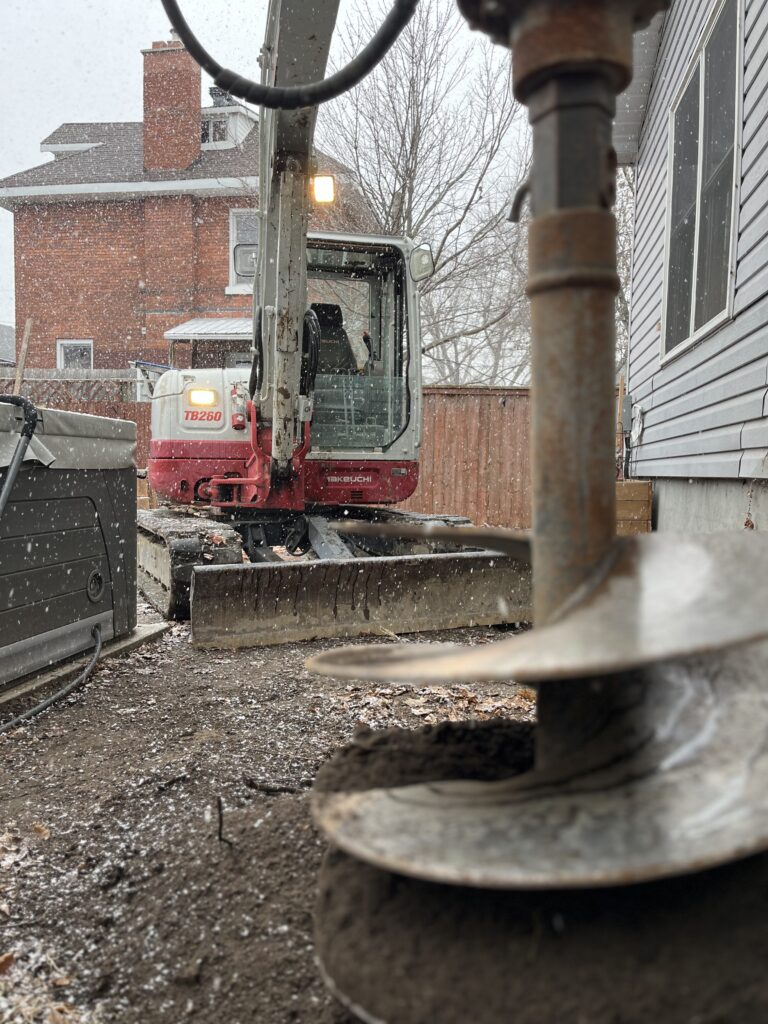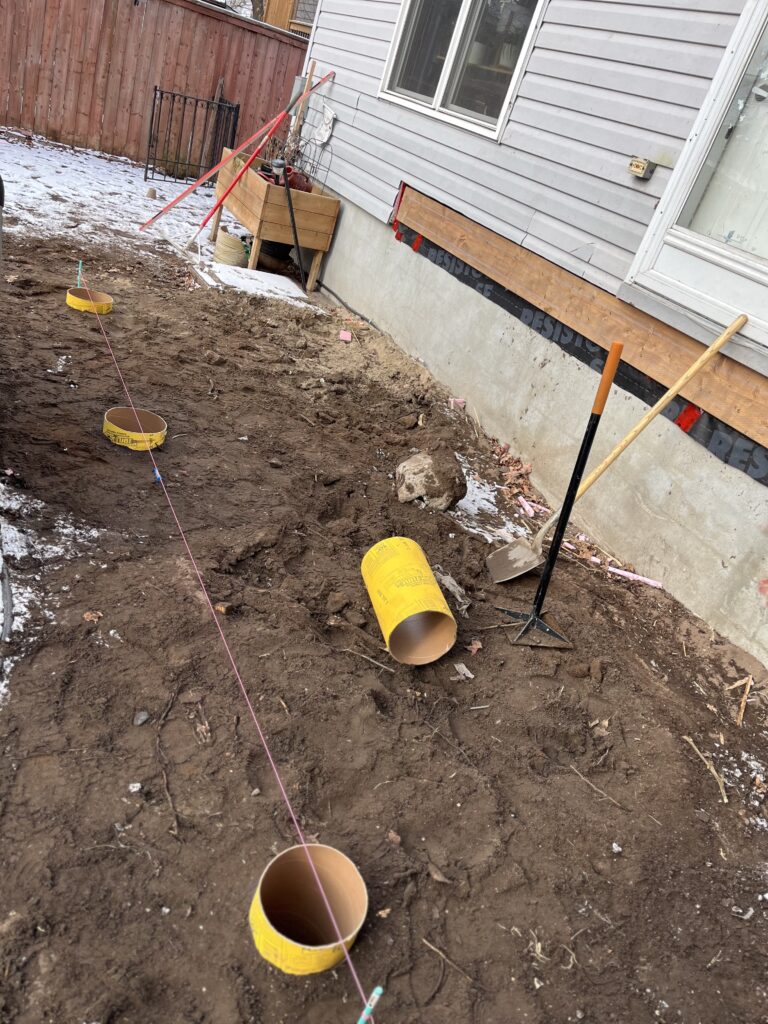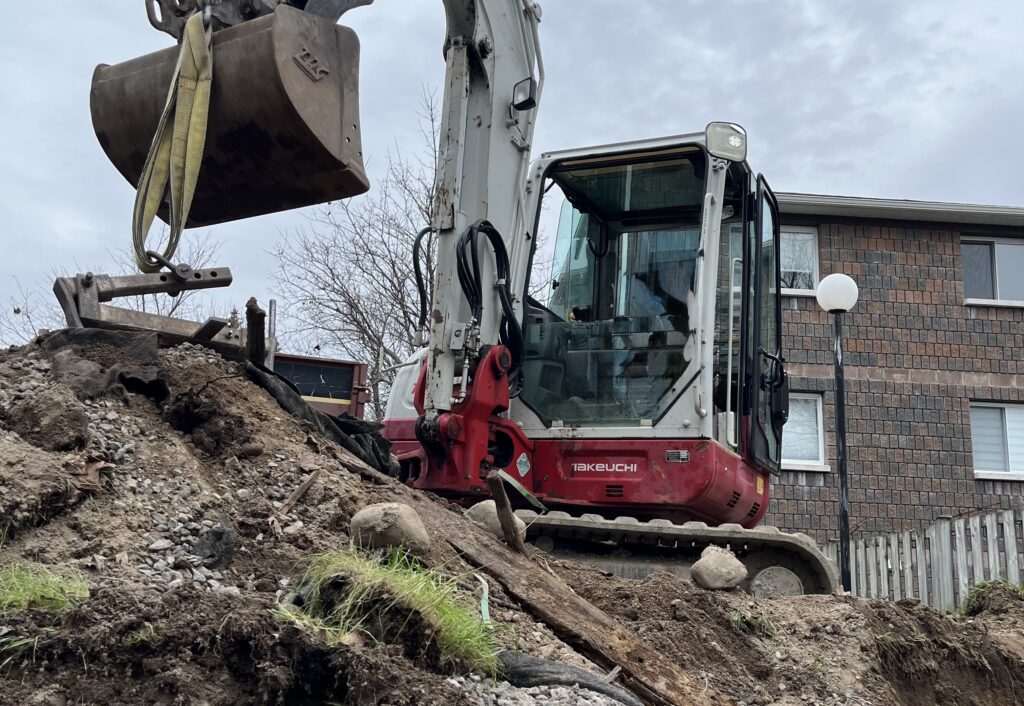Understanding Excavation Basics
What is meant by excavation in construction?
Excavation is the process of removing earth, rock, or other materials from a site to create space for foundations, utilities, drainage systems, or other construction elements. It’s the first step in most building projects.
Why is excavation done on construction sites?
Excavation creates level building areas, installs foundations below frost lines, provides access for utilities, manages water drainage, and prepares sites for safe construction operations.
What does excavate mean in simple terms?
To excavate means to dig out and remove soil, rock, or debris from the ground. In construction, it means preparing the earth for building foundations, installing utilities, or creating drainage systems.
Construction Excavation Types
What is excavation in construction projects?
Construction excavation includes foundation digging, utility trenching, site grading, drainage installation, and site preparation. Each type requires specific techniques and equipment for safe, precise results.
What is basement excavation and why is it important?
Basement excavation involves digging below grade to create foundation space and proper drainage. It’s critical for structural stability, waterproofing access, and building code compliance in Northern Ontario.
What is cut and fill excavation?
Cut and fill excavation removes soil from high areas (cut) and places it in low areas (fill) to create level building sites. This balances earthwork and reduces material disposal costs.
Excavation Terminology
What are the three main types of excavation?
The three main types are: 1) Topsoil excavation (removing surface organic material), 2) Earth excavation (removing soil and clay), and 3) Rock excavation (removing solid rock formations).
What is the difference between digging and excavating?
Digging typically refers to small-scale, manual soil removal. Excavating involves larger-scale, planned earth removal using machinery for construction purposes, following engineering specifications and safety protocols.
Excavation Methods and Planning
What are the three main types of excavation?
The three main types are: 1) Topsoil excavation (removing surface organic material), 2) Earth excavation (removing soil and clay), and 3) Rock excavation (removing solid rock formations).
What is the difference between digging and excavating?
Digging typically refers to small-scale, manual soil removal. Excavating involves larger-scale, planned earth removal using machinery for construction purposes, following engineering specifications and safety protocols.
What is the first step in excavation planning?
The first step is utility location and site survey. This identifies underground utilities, soil conditions, drainage patterns, and property boundaries before any digging begins.

